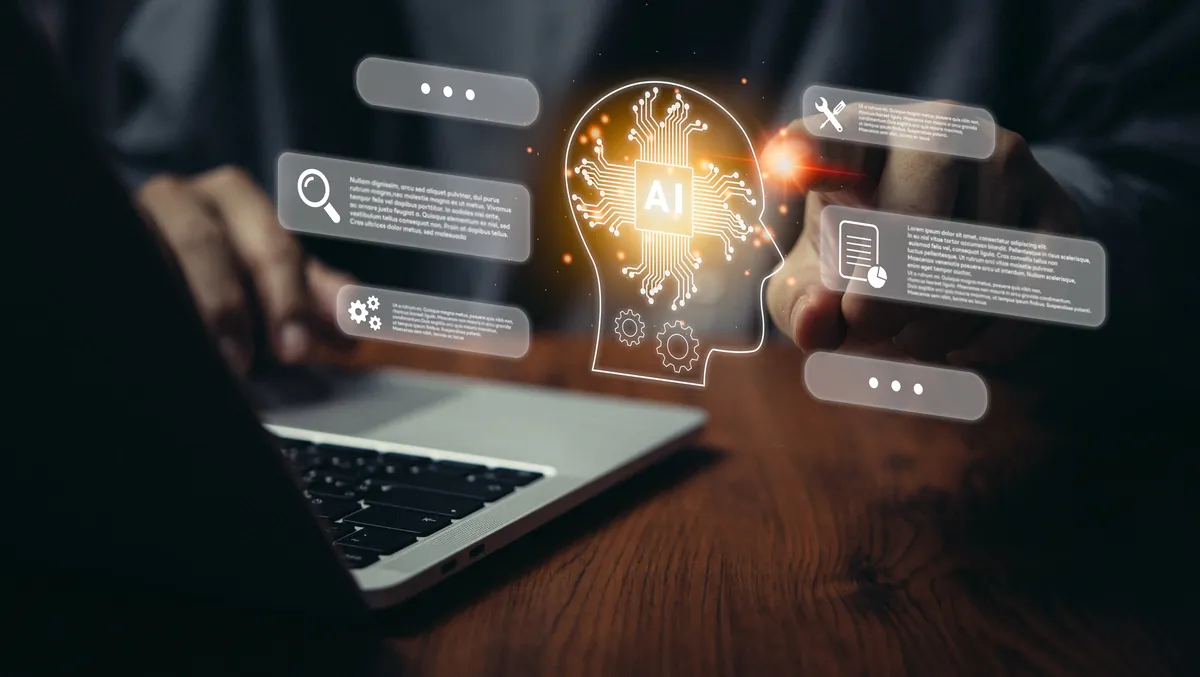Envision a realm where a website can autonomously populate and keep itself up-to-date with minimal human intervention. Although we have not fully attained this level of advancement, recent breakthroughs in generative AI technology, when seamlessly integrated into content creation processes, provide a substantial leap forward. They enable businesses to effortlessly and rapidly scale content creation with minimal effort.
Following the successful completion of a groundbreaking initiative with Virtual Identity, a leading digital agency, that merges headless CMS with DALL-E for AI-generated image population, Thomas Peham, VP of Marketing at Storyblok, reveals key insights on the future of AI and content.
ChatGPT is only the beginning
Since the launch of ChatGPT, the popular AI-powered chatbot taking the world by storm, generative AI has become a topic of intense interest. There is a consensus that the widespread adoption of pre-trained, large-scale chatbots is one of the most significant breakthroughs in the field of AI to date. It plays a crucial role in an inevitable AI revolution.
As a result, the business world is undergoing a period of radical transformation. If implemented effectively, generative AI could enable companies to produce faster, more personalised customer communications based on historical data and interactions around the clock. It could also help companies qualify leads and respond to common queries much more rapidly. In the future, it may even assist in generating new product names and strategic proposals.
One of the most thrilling prospects arising from this advancing technology – especially for small- and medium-sized enterprises (SMEs) looking to boost efficiency and reduce costs – lies in its potential to revolutionise content management systems (CMS).
Democratising CMS with headless technology
The modern consumer demands much more from the online experience. More than ever, it's about hyper-personalisation and customer-centricity. Brands need to be able to anticipate and address their customers' individual needs and inspire demand.
Of course, this is no small feat. It requires businesses to work steadfastly to scale their brands. They must evolve their offering and communications to the ebb and flow of this dynamic behaviour. And marketers and developers must work closely together to develop a content approach that delivers the best business results.
Already, headless CMS technology, where the back-end content management functionality is separate from the front-end presentation layer, has played a big role in this. Headless CMS technology enables developers to create bespoke front-end experiences with any programming language or framework whilst providing content authors with a simple and intuitive interface to manage and distribute their content across all channels.
Its easy-to-use nature eliminates the need for manual reformatting of content for different interfaces, making the process more efficient and accessible even to those with minimal technical expertise. Unlike traditional monolithic stacks, headless CMS empowers teams to deliver customised digital experiences with greater flexibility and ease.
AI takes headless CMS technology to new heights
But this is just the beginning. Beyond enabling greater ease and flexibility, applying AI can take the headless CMS to a completely new level of smart operation. As many busy marketers and developers will know, modern content requirements can be challenging. For a brand to be taken seriously, it must produce high-quality content consistently. And it can't afford to simply create more of the same content others are already producing. It must do something revolutionary – this takes time, effort and focus.
This is where generative AI comes in. With the ability to constantly process and analyse all associated variables in real-time through machine learning (ML), the integration of AI can deliver a much more effective content operation.
Storyblok quickly got a taste of generative AI when its partner Virtual Identity applied it to its platform, creating a plugin to enable content creators to insert images generated by DALL-E whilst working on webpages. In one fell swoop, Virtual Identity had removed both the tedious nature of searching image libraries and the cost associated with buying stock photos. Creators could finally generate the image they needed in an instant without ever having to leave the Storyblok CMS.
Saving time and money whilst fuelling creativity
The benefits of this generative AI-driven approach are vast. Not only does this plugin potentially enable a huge amount of cost- and time-saving for businesses whilst developing website content, but it also supports creativity. DALL-E is providing imagery suggestions that the creator may have never thought of including.
This technology undoubtedly raises longevity questions around the companies that supply stock images. More importantly, however, it frees up time for employees to handle more complicated tasks. Innovation of this type is contributing to modern CMSs becoming great drivers of productivity.
In fact, Forrester recently found that aligning Storyblok with modern content operations could result in cost savings of roughly AUD $335,000 over three years due to faster content lifecycle time to market.
A delicate balance between human and machine
It's vital to keep in mind that this space is still evolving. Much like other generative AI categories, DALL-E is trained only on pre-existing material. As such, it can only create new content that is similar to that work. DALL-E cannot be impulsive or spontaneous, generate fresh ideas or invent something new.
Of course, it also lacks the ability to replace humankind's capability of original thought, ingenuity and empathy in line with the wider context. So, at least for now, there must be some level of human oversight.
Whilst once a distant vision, the reality is that the AI revolution is happening. And it has the ability to change everything. This is especially pertinent for SMEs, offering an effective means of streamlining and optimising efficiencies amidst the current downturn. However, truly unlocking this opportunity will require a delicate balancing act between robot and employee. This is what will create a content journey that is truly out of this world.


